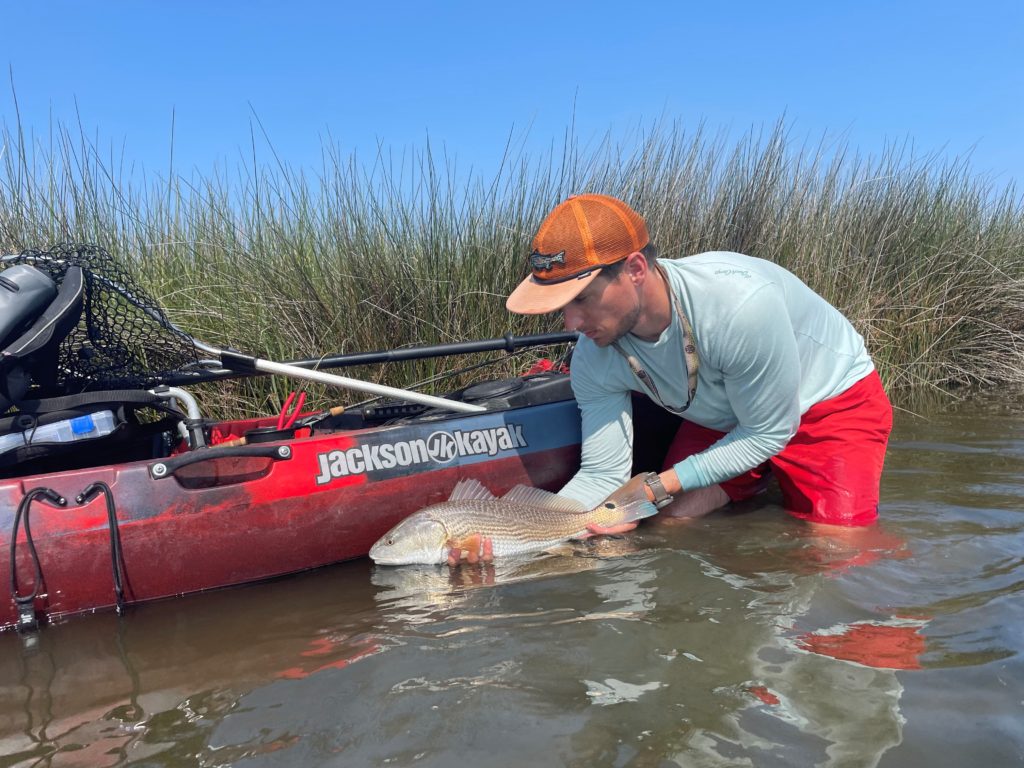A plan has been announced to boost agricultural conservation spending by $28 billion through the budget reconciliation process
The TRCP and our partner groups have been outspoken for some time about how oversubscribed our Farm Bill conservation programs are. Our research has shown that nearly 40 percent of landowner applications go unfunded, leaving the conservation of over 13 million acres on the table each year.
These core, voluntary-incentive programs are ripe for investment, particularly as we evaluate how to enhance climate resilience through habitat improvements and meet our land conservation goals in the years to come. Now—through the budget reconciliation process that the TRCP has been tracking closely—Congress could be on the threshold of increasing private land conservation spending in an extremely impactful way.
For the better part of Friday, September 10, 2021, the House Agriculture Committee debated a more than $65-billion spending package for climate research, forestry, and rural development programs. Committee Democrats approved the package, with the assertion that an additional $28 billion in conservation spending would be included as an amendment on the House floor.
While the spending bundle is delayed on account of budget analyses, we’re getting a glimpse of what’s included. Here are the highlights:
- $9 billion for climate-smart working lands practices under the Environmental Quality Incentives Program
- $5 billion to support a $5 to $25 per acre cover crop initiative
- $7.5 billion for landscape-scale conservation through the Regional Conservation Partnership Program
- $1.5 billion to support agricultural and wetland easements
- $4 billion to support whole-farm conservation assistance through the Conservation Stewardship Program
- $200 million to build technical assistance support at the Natural Resource Conservation Service
- $50 million to support USDA’s Climate Hubs
- $6 million to support greenhouse gas monitoring
There is still a long, narrow road that this legislative package must travel between now and passage. Broader political disagreement threatens to shrink the topline of the Democrats’ proposed spending package, downsizing conservation dollars as well. But as lawmakers and staff count dollars and cents, it’s important to acknowledge the proven value of these programs—direct impacts on water quality, habitat improvement, and carbon reduction, as well as resilience and risk reduction for farmers, ranchers, and forest owners.
Our organization and partners will continue to support these important investments. If you’d like to speak up for Farm Bill conservation funding, click here to use our simple advocacy tool.
Top photo by USDA/Lance Cheung






Holistic management – Soil health as the goal and at community levels. Good ideas will flourish.
I live in Minnesota where forty percent of are lakes and rivers are polluted or impaired, not all but most is caused by agriculture nutrients entering are waters.We need to quit kicking the conservation can down the road and fix it. The suggested farm bill conservation measures would be a great start.